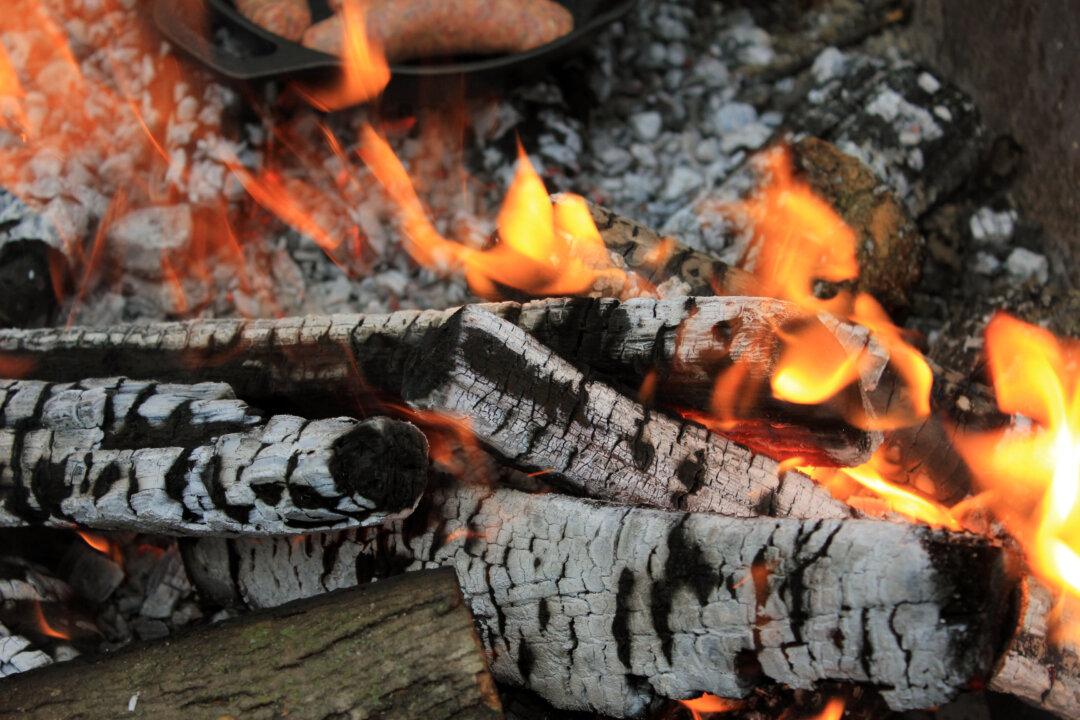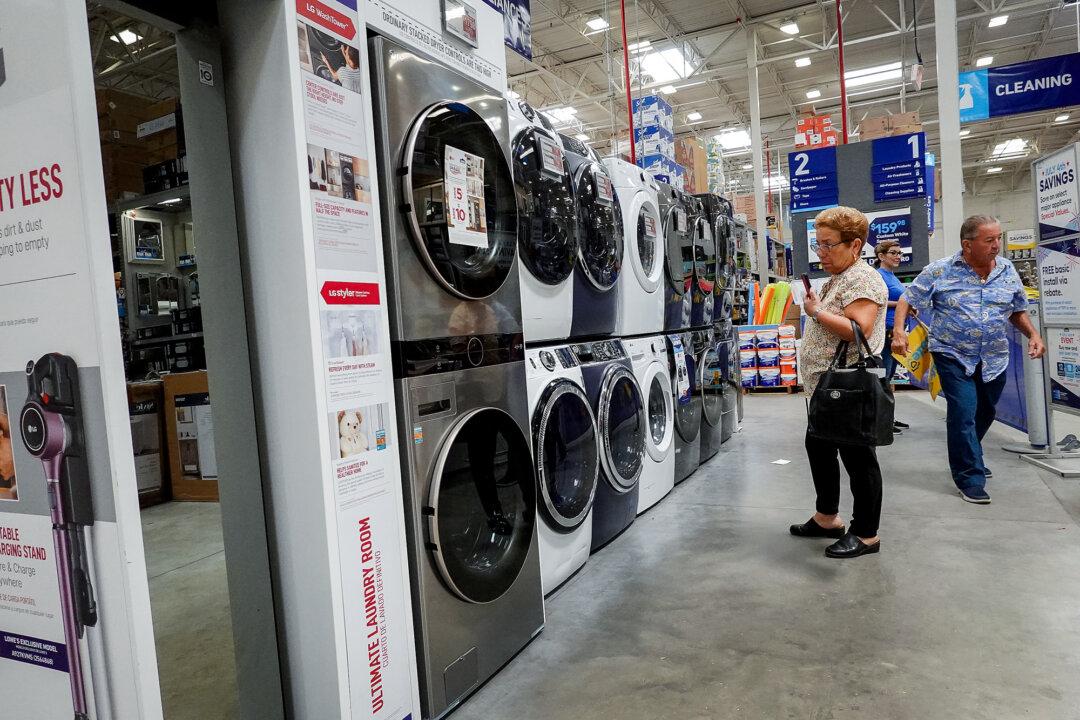Commentary
Decades ago, a single energy disaster left three million acres of land uninhabitable to humans and killed between 85,600 and 240,000 people. A casual student of history might assume these shocking statistics refer to the Chernobyl nuclear accident, but that would be incorrect. No, this catastrophic specter was the fault of the Banqiao Dam collapse in Henan, China. By comparison, Chernobyl killed fifteen times fewer people and desolated an area of land one-sixth as large.





